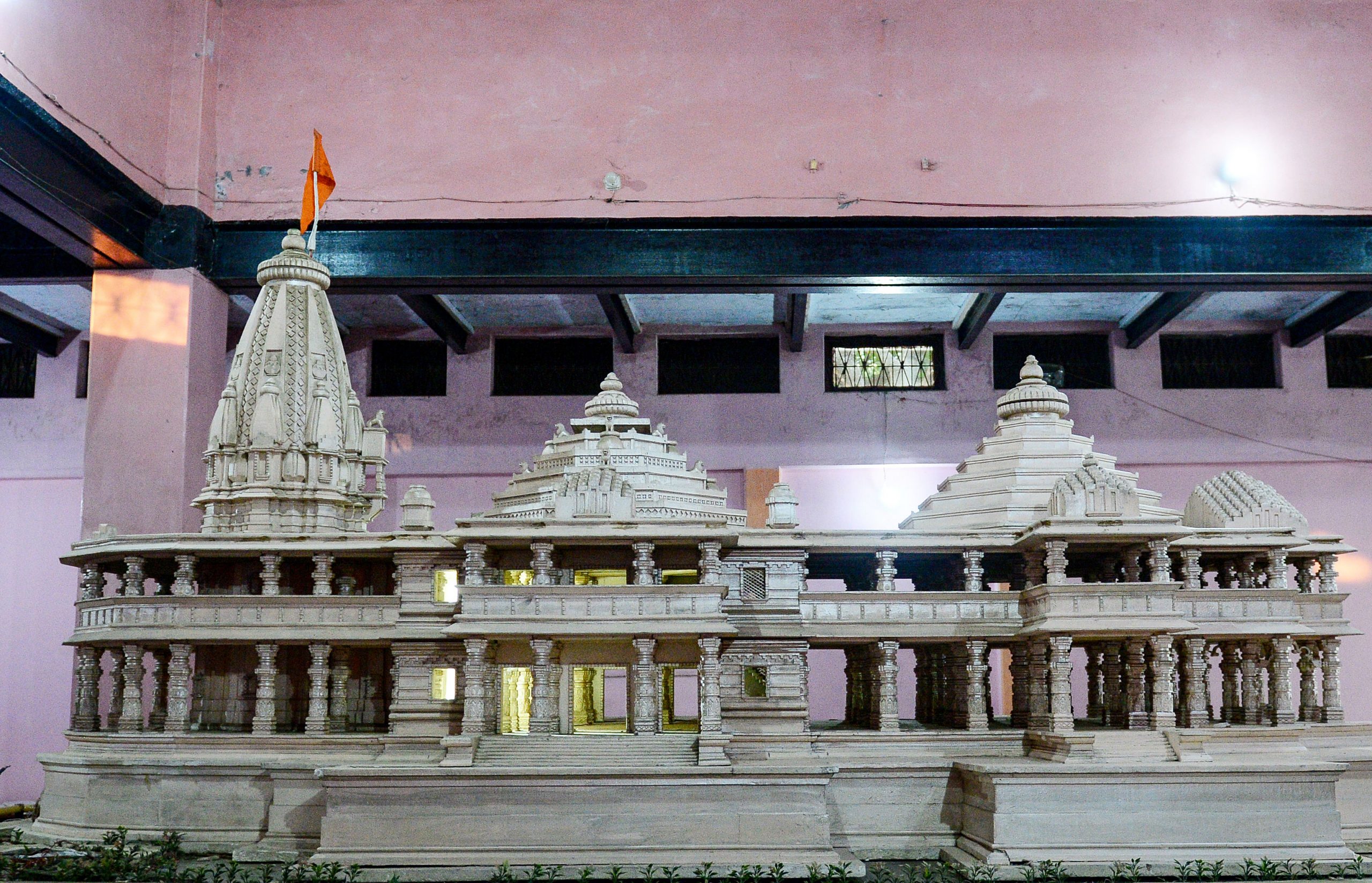The grand ground-breaking ceremony for the Ram temple at Ayodhya would be attended by Prime Minister Narendra Modi. The ceremony on will include installation of a 40 kg silver brick as the foundation stone, said the Shri Ram Janmabhoomi Teertha Kshetra, which has been tasked with the temple construction.
After years of litigation, the Supreme Court on November 9, 2019, paved the way for the construction of the Ram temple in Ayodhya. Architects and designers associated with the original plan quickly got into dusting up the designs that were finalised in 1985 by renowned architect Chandrakant Sompura. His son, Nikhil Sompura, in an exclusive interview with Opoyi revealed precise details of the temple.
Here are the key features of the proposed temple:
- The ‘magnificent’ temple will have a height of 161 feet. It’s 20 feet higher than the one originally planned in 1984-85.
- Its design was originally made 35 years ago, in 1984-85. But changes have been made to cater to the wishes of millions of devotees.
- It will have three ‘mandaps’, which refers to porches that lead to the temple. Two will be in the front, while the third will be constructed near them. It’ll have as many as 318 pillars, lined up in three rows.
- 3.75 lakh cubic feet of stone will be used for the its construction. 70 thousand cubic feet of it is already ready and the rest will be brought in from Bansipura.
- It’ll be constructed at 17 feet above the ground, for the devotees to feel its magnificence, Sompura said.
- It’ll be spread across an area of 360 feet length and 235 feet width.
- It’ll have the capacity to house as many as 10,000 devotees, at a time. A 35-feet flag will be flown on top of it.
- The construction of the temple will commence after the foundation-laying ceremony on August 5.
- Craftsmen of the Sompura community in Gujarat, will arrive in Ayodhya from August 10 to 15, Sompura told Opoyi.
- Last week, L&T collected soil samples from the depth of 60 feet at the site, Sompura said. The samples will be tested to determine the weight of mandaps that it’ll be able to withstand. Temple’s weight will then be determined.
- Throughout the course of its construction, no devotee will be allowed to enter the ‘garbhgriha’ (sanctum santorum) of the temple.






